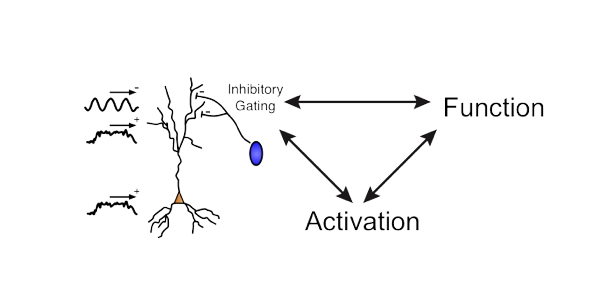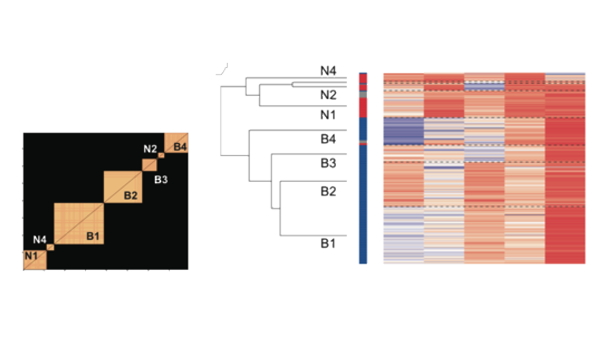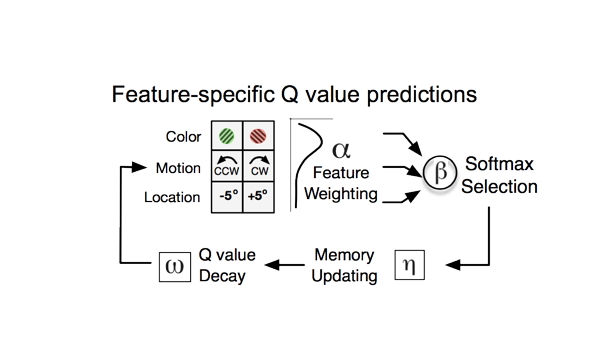Our new open-source suite for experiments in virtual 3D environments is accepted at J Neurosci Methods and downloadable here. This suite is a complete software (using Unity3D) and hardware (using Arduinos) solution for conducting experiments in 3D environments. It allows running the same experiment in touchscreen, gaze control, or joystick mode (for humans and animals), AND to run the same experiment with a screenshot-based artificial intelligence (reinforcement learning) agent.
The suite comes with an extensive User Manual, Instructions to get started and Example Experiments using traditional 2D and more complex 3D renderings. See: Watson et al (2019) USE: An integrative suite for temporally-precise psychophysical experiments in virtual environments in human, nonhuman and artificially intelligent agents. J Neurosci Methods.







